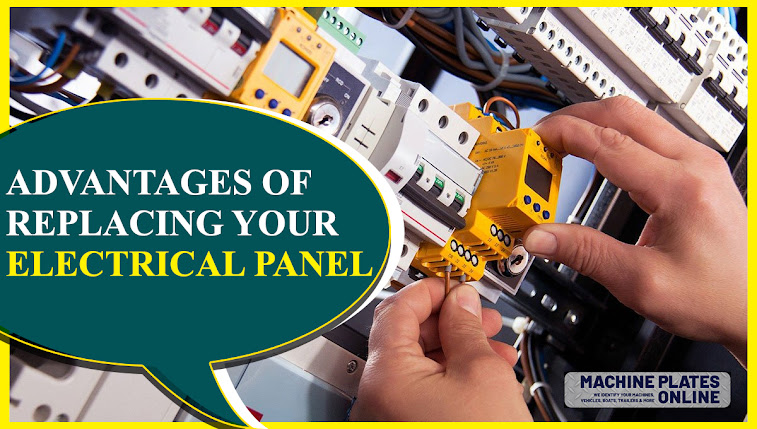4 Types of Damage That Affect Nameplate Longevity & Readability
There are four main types of damage to nameplates that affect them. These types of damage can all have different effects on the longevity and readability of the plates. These are surface, physical, chemical, and impact. Each of these types of damage has its own unique characteristics that need to be considered while choosing a material for the plate.
The most common type of damage is surface damage. This includes scratches, abrasions, or chips that have been inflicted on the nameplate surface by another material. This damage is usually easy to remove with soap and water, and is easily repaired. Sometimes this damage is so severe that it has to be removed entirely from the metal. If the metal can't be repaired, a new piece must be fabricated in its place. The metal that can be bent into the desired shape is usually the best option when used to repair this kind of damage.
Abrasion is commonly used on metals to remove small deposits or to remove the top layer of metals so that they can be worked on. If this process is not done correctly, the resulting product will be under a coarse crystalline structure. Corrosion occurs if a metal that was exposed to high temperatures is left exposed to air and will cause a yellowing of the metal over time.
Looking For Best Nameplates Manufacturer in United States? Follow The
Link Below:
Name Id Plates Manufacturer in United States
Chemical corrosion is often confused with impact corrosion, as they are similar in many ways, but they are also different in other ways. Heat and moisture affect metals differently than they do other materials. Certain chemicals such as chlorine and hydrogen sulphide can cause an alloy to rust at elevated temperatures. At lower temperatures, they are non-reactive and do not affect the properties of the metal at all. Examples of non-reactive alloys are aluminum, tin, and zinc.
Steel rusts easily if it is exposed to water for a long period of time. It is not uncommon to see steel nameplates that have rust onto the steel base because the water has evaporated from the area surrounding the nameplate during storage. Any type of metal that is stored in an area where there is constantly moisture present will begin to corrode. There are several different types of protection available for metals that have been affected by moisture, but the best protection is to use a powder coating or a hot stamping coating when it is applicable.
When looking at the different types of damage that affect nameplate longevity & readability, it is important to look at them individually and understand their effects. A combination of all of these types of damage will be the strongest form of protection. Each type of protection should be used in conjunction with each other to make the best possible metal nameplate that can be used for years into the future.
Nameplates longevity starts from the manufacturing period. Manufacturing using quality products is the first important thing to focus on. Machine Plates Online is the top nameplate manufacturer in United States. You can contact us via calling at 800-815-7850 or mail us at karl@machineplatesonline.com
Original Source URL: https://bit.ly/3AneP6f




Comments
Post a Comment